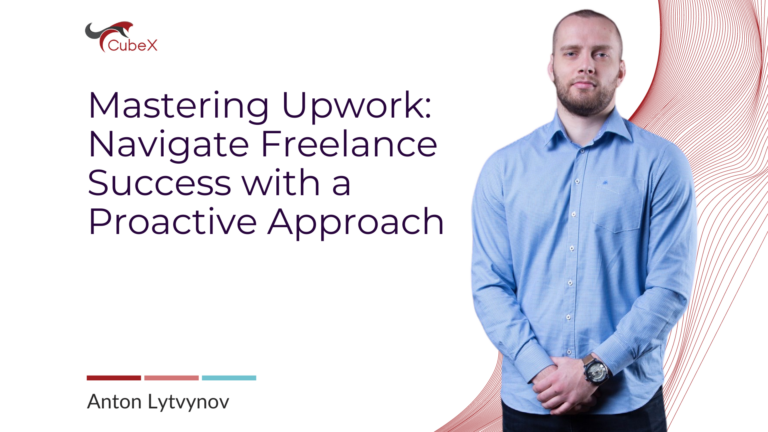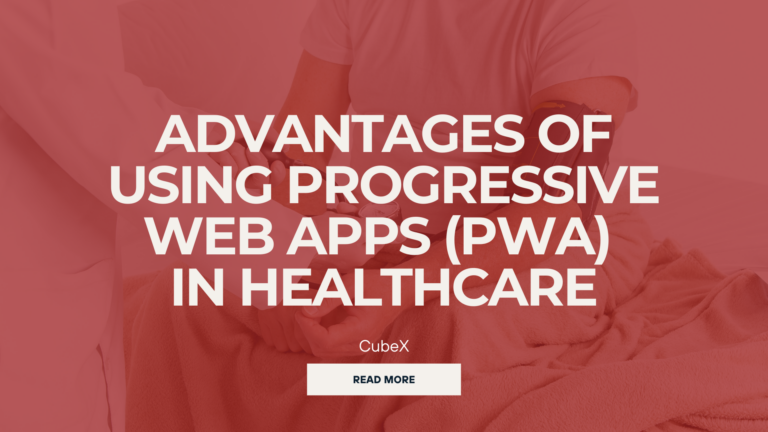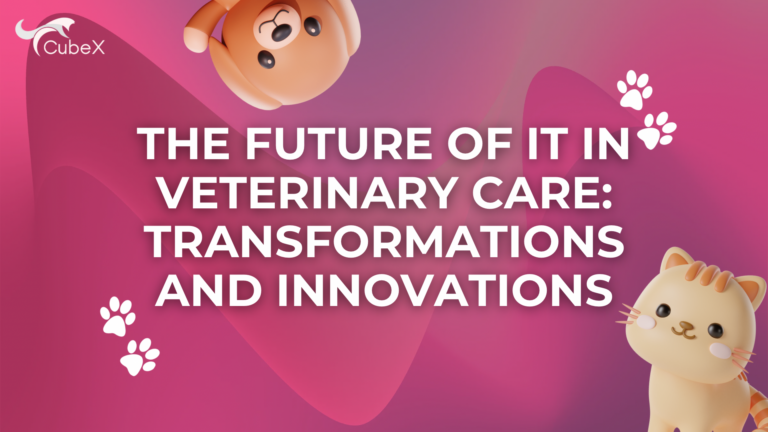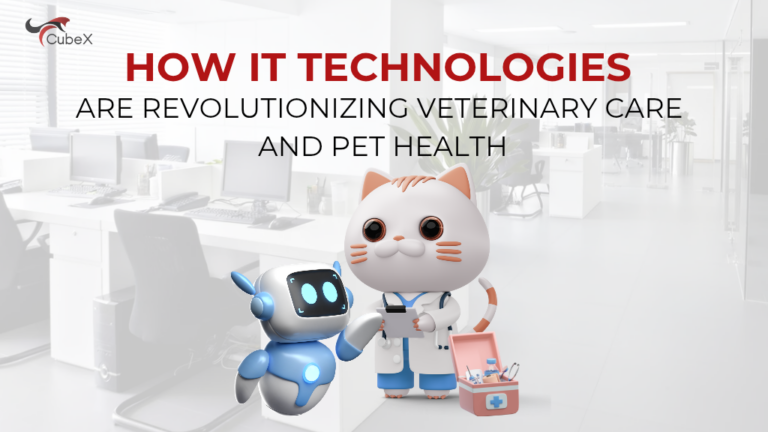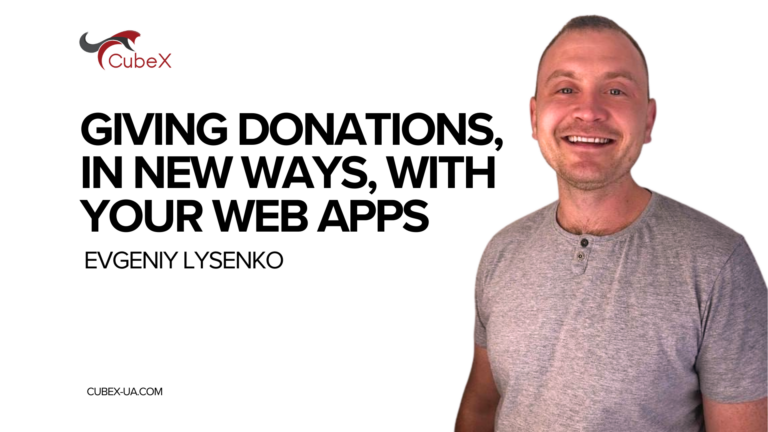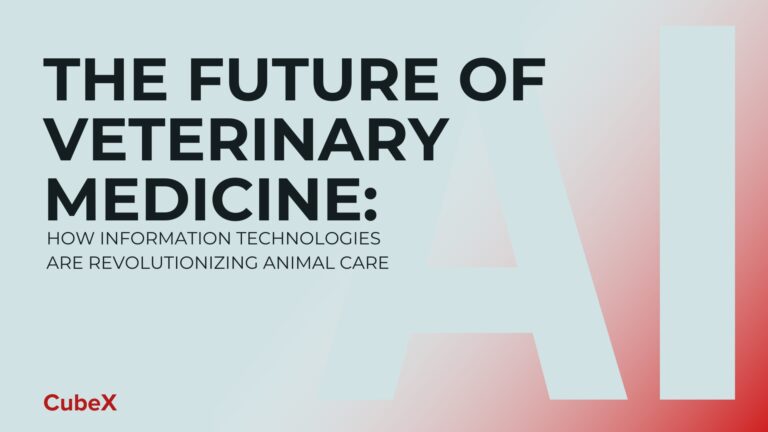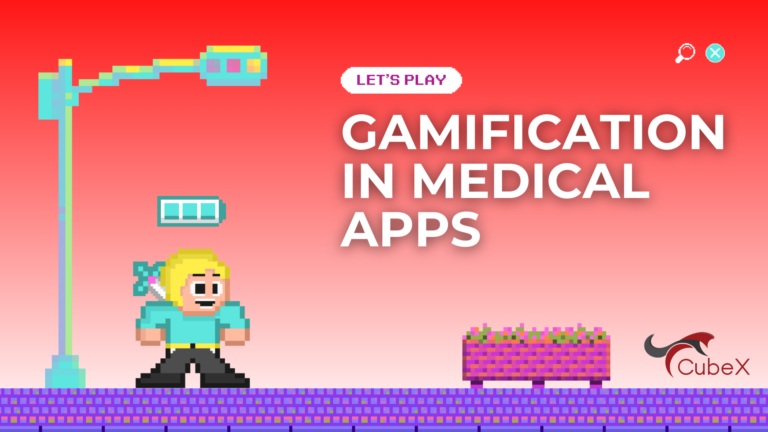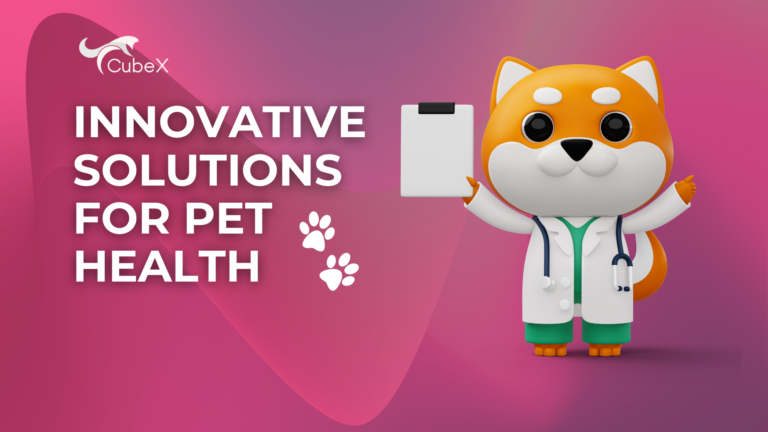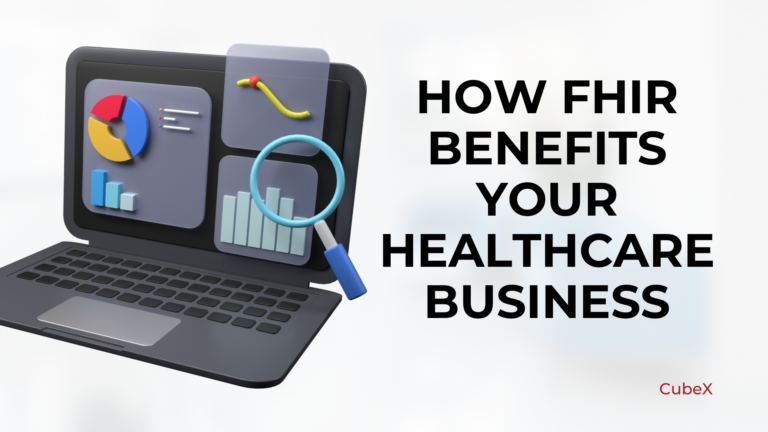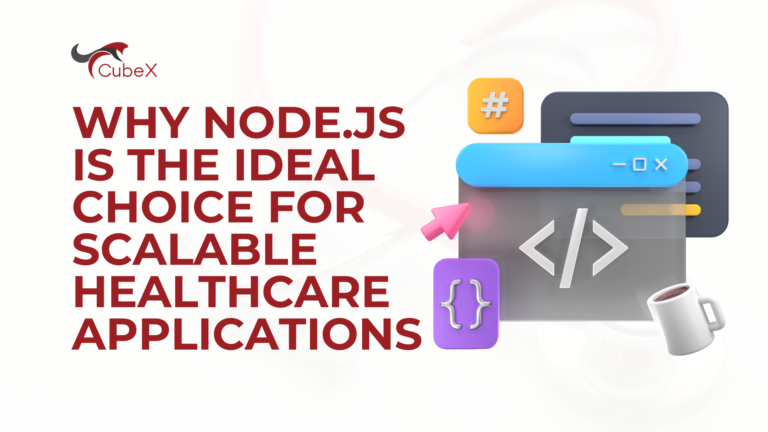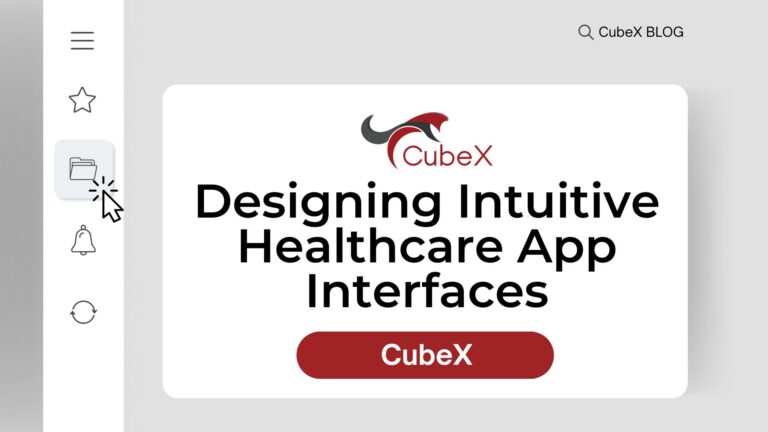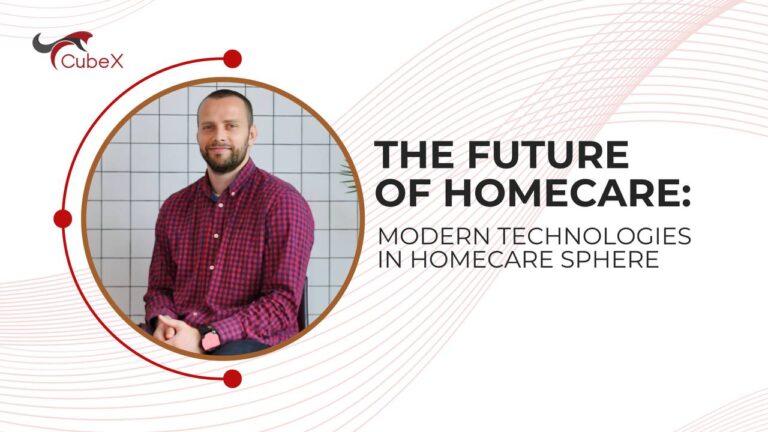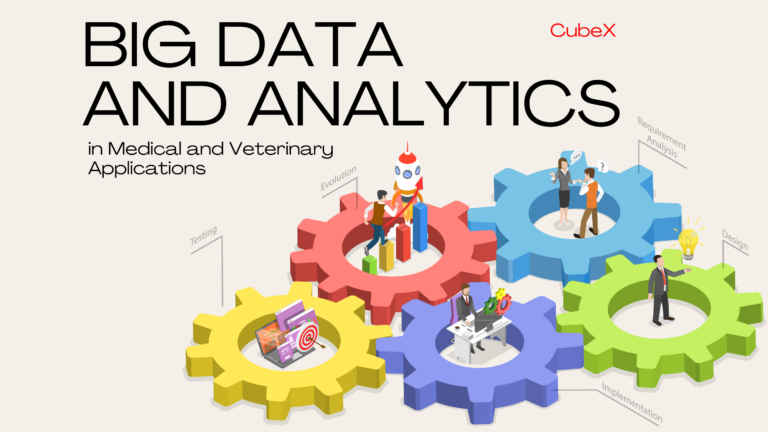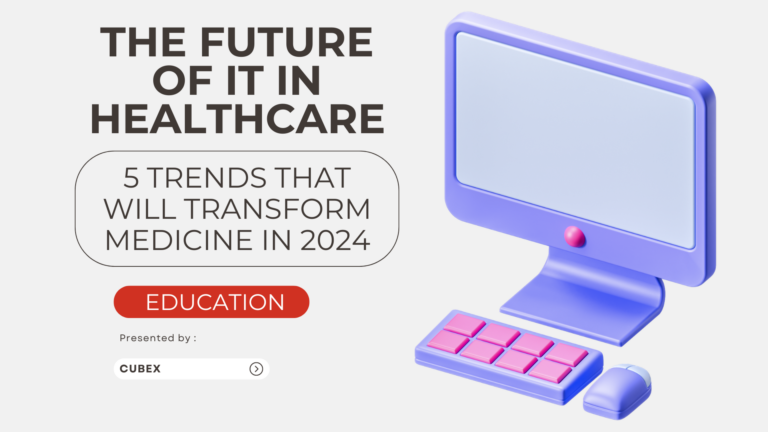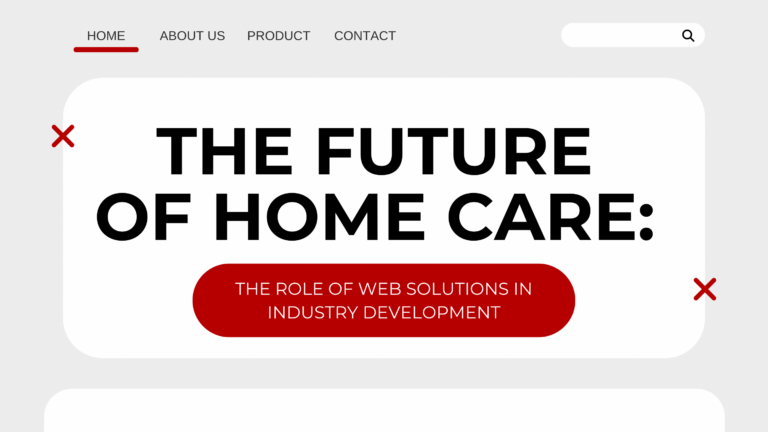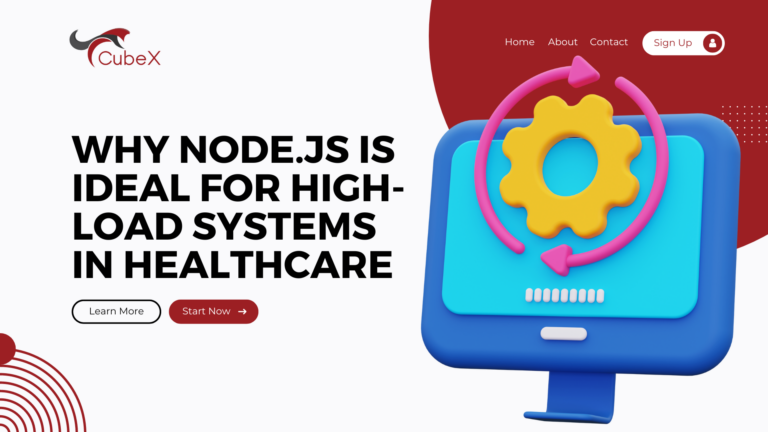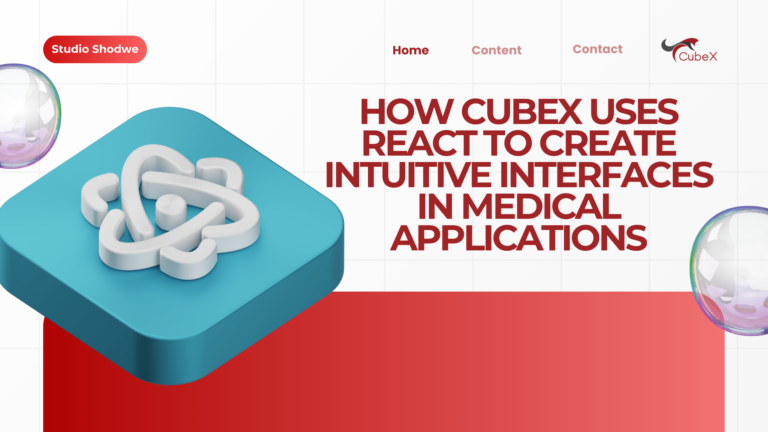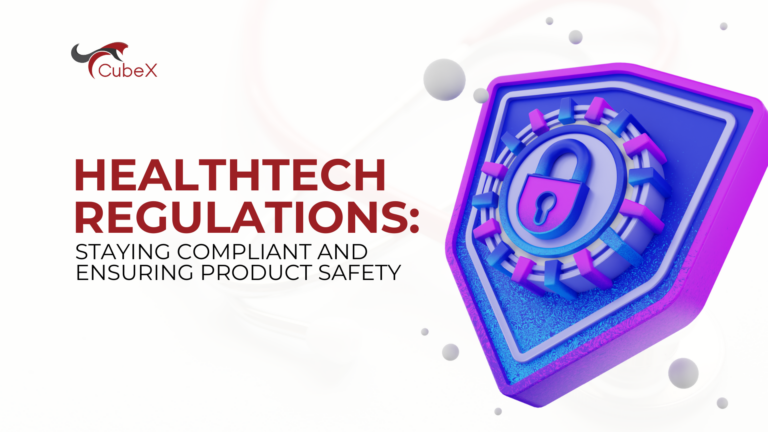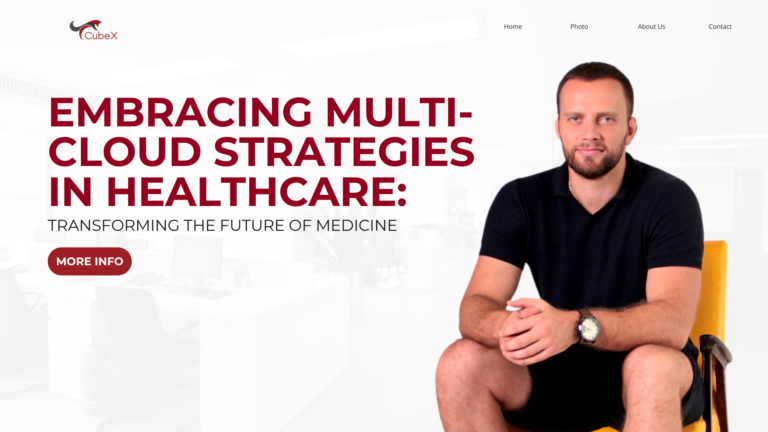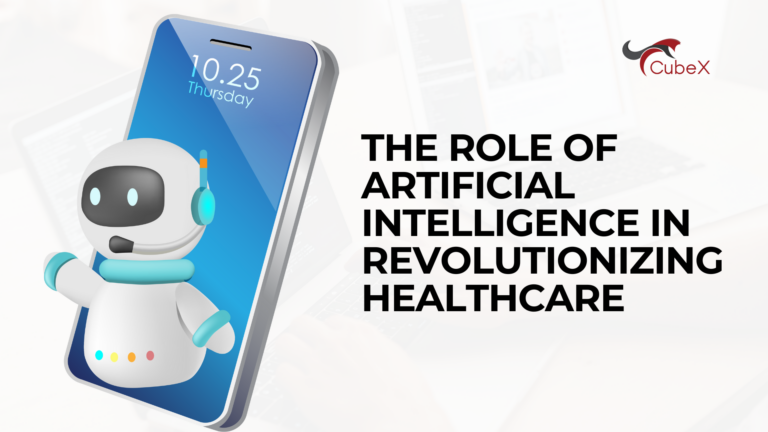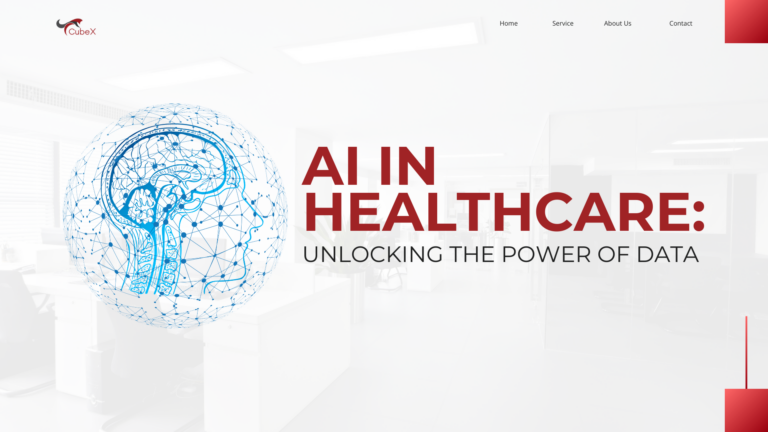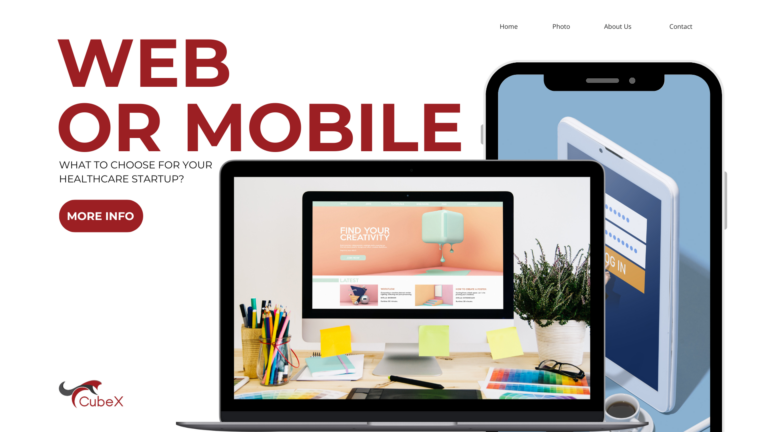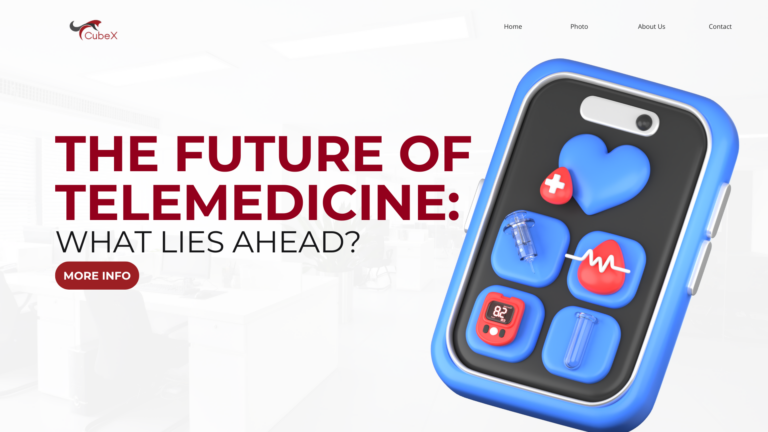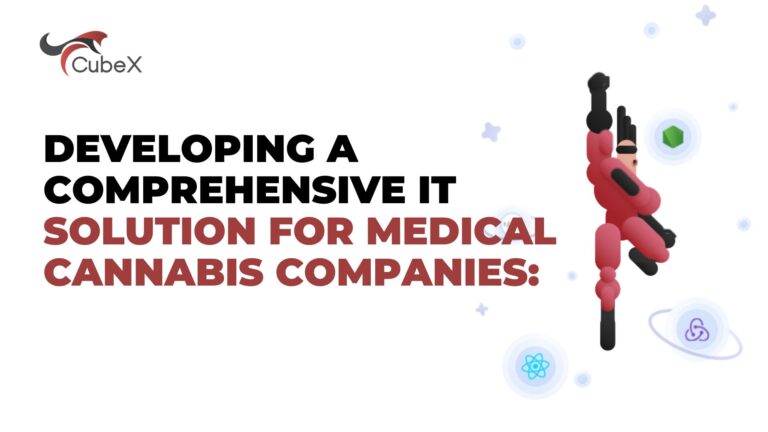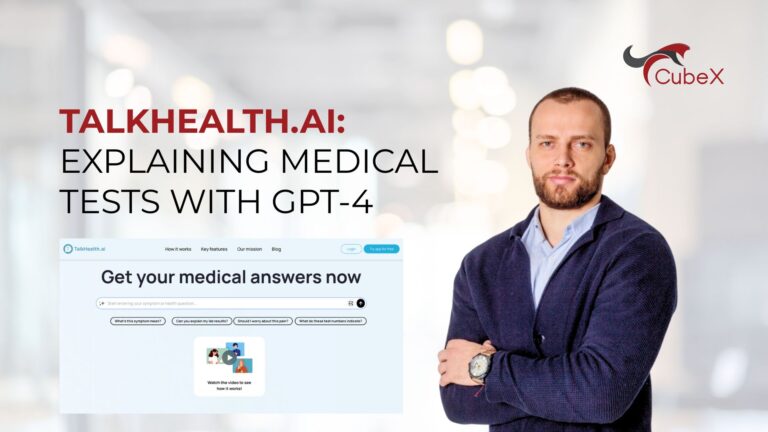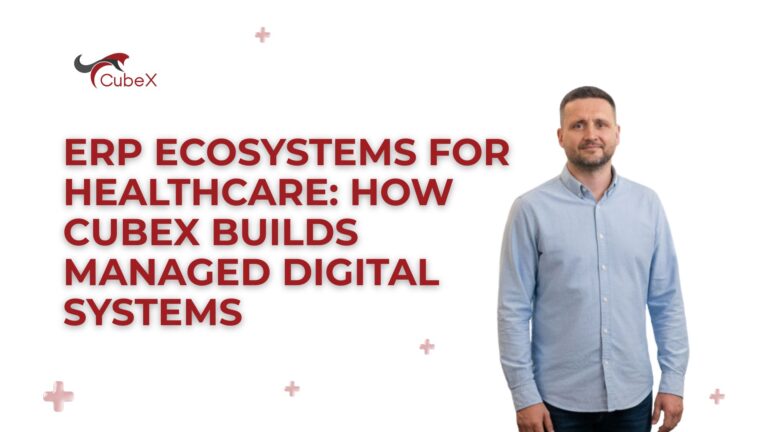Web or Mobile: What to Choose for Your Healthcare Startup?

For any healthcare startup, the decision between developing a web or mobile platform can shape the future of the business. It’s not just a technical choice—it impacts user engagement, scalability, and long-term success. Let’s dive deeper into this decision, looking at analytics, real-world examples, and key factors that should guide your choice.
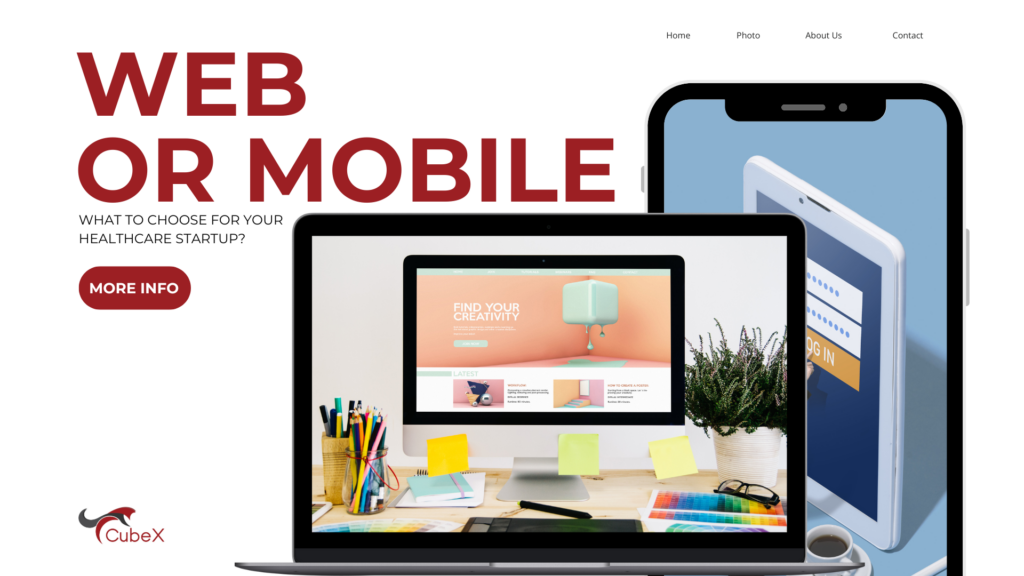
The Case for Web: Faster, More Affordable, and Ideal for Professionals 💻
If your primary users are healthcare professionals—doctors, administrators, or clinic staff—a web application may be the better initial option. Web apps are cheaper and faster to develop compared to mobile apps. According to a 2019 survey by GoodFirms, the average cost to develop a simple web app ranges from $5,000 to $50,000, while a mobile app can cost anywhere from $10,000 to $150,000 or more, depending on the complexity and platform requirements.
Key Advantages of Web Platforms:
- Speed to Market: Web applications can be deployed more quickly because they don’t require separate builds for Android and iOS. This is crucial for startups aiming to quickly launch and test their MVP (Minimum Viable Product) in a real-world setting.
- Wider Accessibility: A web app is accessible on any device with a browser—whether it’s a desktop, laptop, or tablet—making it ideal for professionals who are likely to use computers in clinical settings.
- Lower Development Costs: Building and maintaining a single web app is more cost-effective compared to developing native mobile apps for multiple platforms.
For example, Zocdoc, a platform that allows patients to book doctor appointments, started as a web app before expanding to mobile. They initially focused on making their service accessible to healthcare professionals managing appointments through desktop systems.
The Case for Mobile: Convenience, Always Accessible, and Patient-Centric 📱
If your startup’s focus is on patient engagement or consumer-facing services, then a mobile app may be the better option. With over 6.92 billion smartphone users worldwide (as of 2023), and the healthcare mobile app market expected to grow to $189 billion by 2025 (according to Statista), the potential for patient-centric mobile apps is enormous.
Key Advantages of Mobile Platforms:
- Patient Convenience: Mobile apps are always at users’ fingertips. For example, if your app offers telemedicine services, mobile users can instantly start a video consultation or access medical records on the go. In fact, studies show that 90% of patients prefer using mobile health apps to manage appointments or monitor their health.
- Offline Access and Native Features: Many mobile apps can function offline and leverage native phone features like cameras for telemedicine, GPS for finding nearby clinics, or biometric authentication for secure login. These capabilities are essential for creating a seamless user experience.
- Higher Engagement: Mobile apps provide push notifications, which are highly effective in reminding patients about medication schedules, appointments, or health updates. According to CleverTap, push notifications increase app engagement by 88%, making mobile platforms ideal for sustained user interaction.
One example is MyChart, a widely used mobile app that allows patients to view test results, schedule appointments, and communicate with their doctors. MyChart’s mobile interface makes it easy for patients to manage their healthcare in real time, driving significant engagement compared to traditional web portals.
Cost and Time Considerations ⏳💸
When it comes to the development timeline and cost, web applications generally win the race for affordability and speed. As mentioned earlier, mobile app development often involves building for two platforms (iOS and Android), significantly increasing both time and cost. According to Clutch.co, the average time to build a mobile app can range from 4 to 6 months, while web apps can be developed in 2 to 4 months depending on complexity.
However, mobile apps typically lead to higher long-term user retention. For instance, Data.ai reported that mobile users spend 4.8 hours per day on their phones, with health apps seeing significant daily activity. A mobile-first strategy can thus lead to better user engagement over time, though it requires a higher initial investment.
Which Is the Best Choice? 🤔
The choice between web and mobile depends on your product’s goals, target audience, and budget.
- Web is best for B2B solutions or healthcare tools used by professionals in clinical environments. It offers broader device compatibility, faster development, and lower upfront costs. If your focus is on data management, scheduling systems, or EHR (electronic health records), starting with a web app makes the most sense.
- Mobile is best for patient-centric apps where user engagement, convenience, and on-the-go access are critical. If your app offers telemedicine, patient monitoring, or health tracking, a mobile-first strategy will likely pay off with higher engagement and satisfaction.
A Hybrid Approach? 💼
For some startups, combining web and mobile may be the ideal solution. This hybrid strategy allows you to reach a broad audience, offering web accessibility for professionals and mobile convenience for patients. Starting with a web MVP and then expanding into mobile once you’ve validated your idea can help balance development costs while building engagement.
For example, Babylon Health, a telemedicine startup, offers both a web interface and a mobile app, catering to doctors and patients alike. This flexibility has helped them scale their platform globally, serving millions of users.
Conclusion: The Right Platform for Your Healthcare Startup
Ultimately, the decision between web and mobile depends on your audience, product goals, and resources. If speed to market and cost-efficiency are your priorities, a web app is the way to go. However, if user engagement, accessibility, and patient satisfaction are at the core of your product, a mobile-first approach could give you a competitive edge.
Contact Us
Please contact us for any further information






